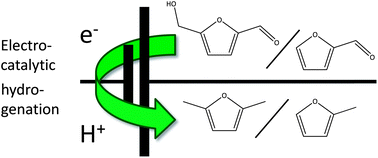![]()
Scientists from the US have invented a new type of battery. The so-called ‘molten air batteries’ have among the highest electrical storage capacities of all battery types to date.
Inexpensive batteries with better energy storage densities are needed for many applications. For example, one barrier to the large-scale adoption of electric cars is the limited distance they can travel before their battery needs recharging.
Stuart Licht and his group at George Washington University think their molten air batteries could be the answer. They made three different versions of the battery using iron, carbon or vanadium boride as the molten electrolyte. Just like metal–air batteries, molten air batteries use oxygen from the air as the cathode material instead of an internal oxidiser, which makes them light. And similar to very high energy density vanadium boride–air batteries, molten air batteries can store many electrons per molecule.
Interested to know more? Read the full news article by Rowan Frame in Chemistry World here…
Read the article by S Licht et al. in EES:
Molten air – a new, highest energy class of rechargeable batteries
Stuart Licht, Baochen Cui, Jessica Stuart, Baohui Wang and Jason Lau
Energy Environ. Sci., 2013, Advance Article
DOI: 10.1039/C3EE42654H, Paper














 Do you want to embrace open innovation, but not sure where to start?
Do you want to embrace open innovation, but not sure where to start? 




